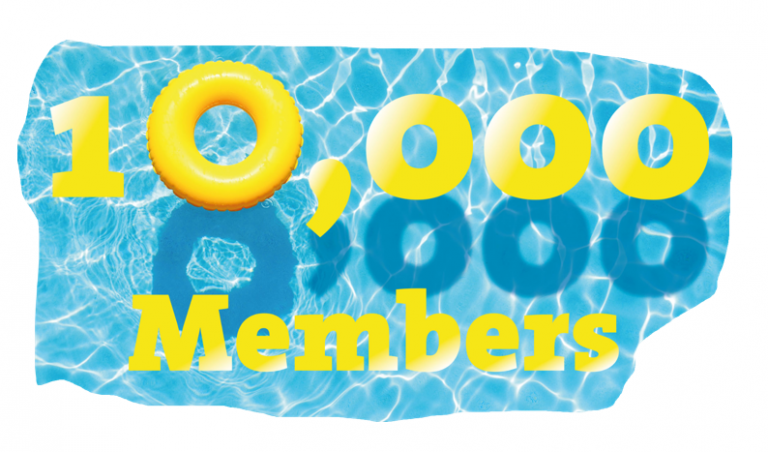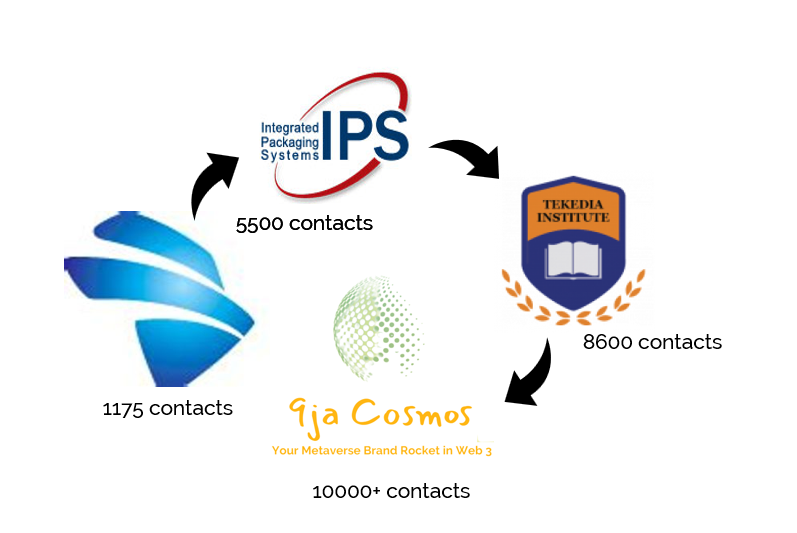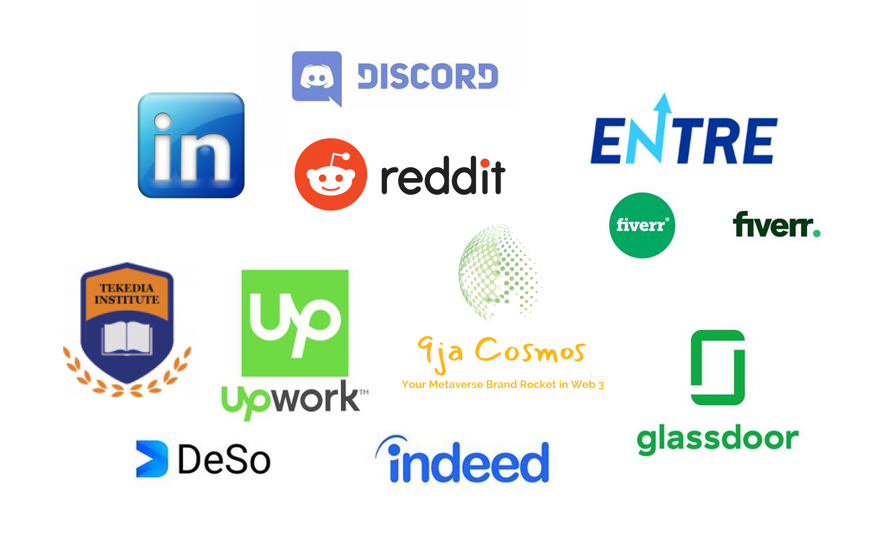
Well.. I just hit what some people consider a landmark on the way to scaling LinkedIn Network.. 10,000 1st degree contacts.
This is the contact that has landed the superfluous honour of becoming my 10,000th connection –
So what does it really mean to me?
Register for Tekedia Mini-MBA edition 19 (Feb 9 – May 2, 2026): big discounts for early bird.
Tekedia AI in Business Masterclass opens registrations.
Join Tekedia Capital Syndicate and co-invest in great global startups.
Register for Tekedia AI Lab: From Technical Design to Deployment (next edition begins Jan 24 2026).
Well, not a lot. Let me ramble on a bit. I’m on LinkedIn since 14 April 2011. (I actually first started some point in 2010, but I lost my login details… and the web based email provider [another.com] shut down, so I couldn’t recover the account and so, I started again).
10k contacts is an old target. It represented the upper limit for 1st degree contacts. It was increased to 30,000 later. I think around 2018. Discounting the period under the original account, reaching 10k now works out at 833 new contacts a year – hardly impressive!
How my contacts built:
I first added colleagues at work, and widened it out to contacts I knew through work that had external roles … subcontractors, suppliers, solution partners, clients and so on.
By 2011 my career was already mature as I had secured senior positions relatively early in adulthood. This meant that earlier peers were often a generation my age seniors, and to them, the technophobic inertia of joining LinkedIn must have been much the same as the psychological momentum some people feel when thinking about getting a Web 3 domain today.
In my search for contacts from previous career, I didn’t have that much success.
I did, however, start getting invitations from people who worked in the same companies as external contacts, and when contacts moved, I found out where they went in addition to who replaced them in the position, I knew them. This grew new sub networks.
In about nine months, my network grew to 1000 without being hugely active about it.
As a professional ‘selling’ myself into senior expatriate positions, I was always more interested in the quality of my feed (focusing on keeping technical and commercial knowledge current – telling me if new businesses started in my market, new innovations, mergers, raw material supply and demand info, – in other words ‘industry speak’ around the sectors relevant to me, and pertaining to West Africa, particularly Nigeria).
I was far more interested in pruning feed content, through restricting contact influence, rather than improving reach (raising the visibility of my profile among people I don’t yet know).
So I was always uninterested in contact numbers rising quickly just for its own sake.
With a fairly passive approach to ‘the numbers game’, when I left Netcom and was more often in a stand-alone consultant role, with no employment matrix to drive contact adoption, the rate of new contacts dropped drastically.
A year later, I became Country Manager, Nigeria for IPS. The local team was small, so not a lot of direct staff there, but I was meeting leaders of top Nigerian FMCG manufacturing companies, several a day – Dairy, Food Processing, Biscuits and Bakery, Drinks, Millers, Brewers, Distillers, Pharmaceuticals, Packaging Companies, I was there.
I had occasional visits to Ghana as well. I frequently visited machinery and engineering solution suppliers in Europe, held strategic meetings with peers in Dubai, and dealt with ingredients and materials suppliers in South Asia, ASEAN and China.
Being proactive with securing them to LinkedIn and growth through their extended networks, my first degree connections ran to 5k in a few years, but it was all organic growth.

Next came re-establishing myself as a consultant focusing on West African markets. It seemed logical since the telecoms/internet/data transport/datacentre networks spectrum together with the Edible FMCG manufacturing spectrum made a large target, and with legacy leadership in construction infrastructure and built environment.
But this often means working alone, and client exposure was often through single points of contact, so not a huge amount of opportunity to plug into any matrix which can yield connections.
There were a few on-ground deployments to West Africa, but when the COVID years hit, this became zero, and even remote opportunities became thin. It took for COVID restrictions to lift… to March this year, before the next on-ground opportunity in Nigeria came.
But with COVID also came the advent of ‘The Tekedia Phenomenon’. Through involvement with the Tekedia Institute and other brands in the stable, and through creating articles for the content library, I became exposed to a large throughput of students, investors, faculty, staff writers and other interested parties.
This created a new organic accelerant to my connection profile.
The last chapter in the saga is the launch last month of the first country Web 3 domain system in the world. .9jacom was launched on 13 September 2022, and Nigeria now claims that crown through my brand, 9ja Cosmos.
Though short, this is the final stimulus that got my connections to 10k as blockchain enthusiasts pile in to send me invitations. Because there is now a greater focus on stimulating adoption on 9ja Cosmos domains, I have had to pivot somewhat away from feed quality and towards network building.

My final analysis:
Do numbers matter? Not really. I think there is an inflection point and once a network is beyond that, larger changes in contact numbers bring smaller dividends (if any).
Quality over quantity: The first 30k links (was 10k when I joined LI) are important because they offer full interaction benefits to those on subscription free use (which is most members). Being organic at least early on, leads to relationships that function in a real sense rather than individuals who are just a number. It gets harder to cut out ‘dead wood’ later on.
Don’t expect LinkedIn to be a Holy Grail: At some point we were all not in LinkedIn. We had to do things to progress ourselves. With LinkedIn, these things continue to be important. LinkedIn doesn’t replace them.
Does ‘following’ matter? Not unless you really. really like the content the member brings to your feed, AND it is something that helps you on your journey AND is aligned with what you need to get done there.
Resonance that is not part of your progression path is worthless. Don’t allow ‘interesting’ but not particularly helpful content distract you from your path. I prune the ‘following’ list that have not accepted my invitation by the time it is three weeks old.
Last word: A small but significant rise in profile impact between 1k and 5k and again between 5k and 10k contacts, but not enough to get obsessed with chasing numbers. Building networks organically is more important for most LinkedIn members.
Secure your own Nigerian Web 3 Domains ($2) at:
https://www.encirca.com/handshake-9jacom/
https://www.encirca.com/handshake-9javerse/



